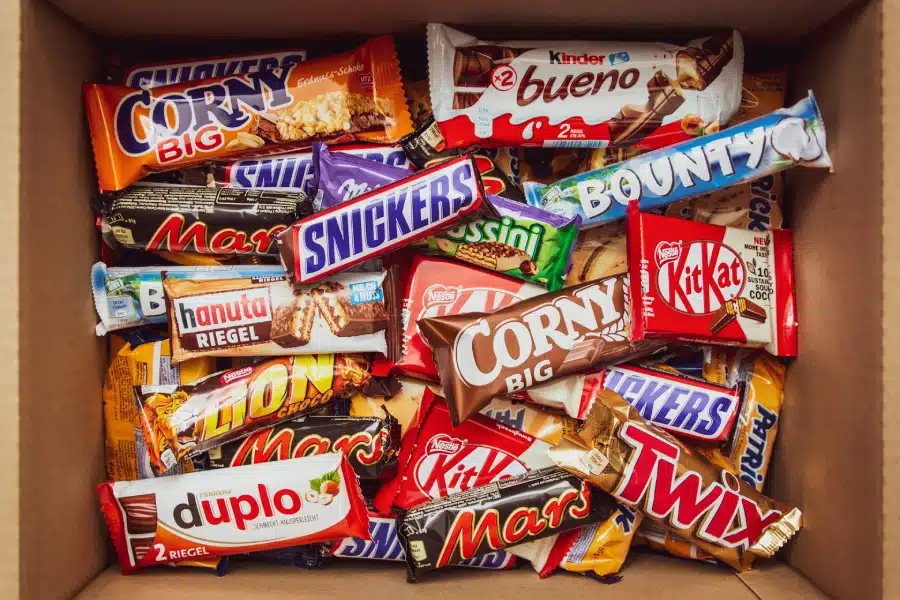Researchers Develop Tool to Assess Impact of Ultra-Processed Foods

Scientists at the Fralin Biomedical Research Institute at VTC have developed a novel tool to assess the rewarding and reinforcing properties of foods, focusing on ultra-processed foods, which account for 58 percent of calories consumed in the United States. The study, published in April in the journal Appetite, features a set of meticulously curated images of minimally processed and ultra-processed foods, matched on 26 characteristics including macronutrients, sodium, dietary fiber, calories, price, and visual attributes.
The research builds on the NOVA classification system, developed by nutrition researchers at the University of São Paulo in Brazil. NOVA categorizes foods into four groups based on their level of processing: unprocessed or minimally processed, processed culinary ingredients, processed foods, and ultra-processed foods. Despite criticism regarding its usability and consistency, the study found general agreement among nutrition-educated individuals on food classifications, suggesting that the criticism may not be entirely valid.
Don’t miss out! Subscribe to our newsletter for the latest content straight to your inbox, or register for FREE to gain full access.
To create the image set, a team of psychologists, neuroscientists, and dietitians selected foods representing the two processing extremes. These foods were professionally photographed and controlled for consistency, with detailed information collected on price, weight, and nutritional content. Study participants then rated the images, resulting in a final set of 28 pictures matched across 26 characteristics. Additionally, 67 nutrition professionals classified the foods to ensure accurate NOVA categorization.
The significance of this research lies in the link between ultra-processed foods and various health issues such as obesity, Type 2 diabetes, heart disease, and cancer. These foods constitute a substantial portion of the diet in the United States, Canada, and the United Kingdom. The new tool aims to enhance the experimental research on ultra-processed foods by providing a reliable method for measuring their effects.
The Virginia Tech team has made the images and data available through the Virginia Tech Data Repository. In the DiFeliceantonio lab, these images are used with functional MRI to study brain activity related to food processing. This study received funding from the National Science Foundation, the National Institutes of Health, and the Seale Innovation Fund, supporting further research into how the brain processes nutrient availability and food preferences.


Responses